The Laser Measuring Instrument Market is currently characterized by a dynamic competitive landscape, driven by technological advancements and increasing demand for precision measurement tools across various sectors, including construction, engineering, and surveying. Key players such as Leica Geosystems (Switzerland), Bosch (Germany), and Trimble (United States) are strategically positioned to leverage innovation and expand their market presence. Leica Geosystems (Switzerland) focuses on integrating advanced digital technologies into their products, enhancing user experience and measurement accuracy. Bosch (Germany) emphasizes cost-effective solutions while maintaining quality, appealing to a broad customer base. Trimble (United States) is heavily investing in software integration, which complements their hardware offerings, thereby creating a comprehensive ecosystem for users. Collectively, these strategies foster a competitive environment that prioritizes technological innovation and customer-centric solutions.
In terms of business tactics, companies are increasingly localizing manufacturing to reduce costs and improve supply chain efficiency. This approach not only mitigates risks associated with The Laser Measuring Instrument Market demands. The market structure appears moderately fragmented, with several players vying for market share, yet the influence of major companies remains substantial. Their ability to innovate and adapt to changing market conditions significantly shapes the competitive dynamics within the sector.
In August 2025, Leica Geosystems (Switzerland) launched a new line of laser distance meters that incorporate AI-driven features for enhanced measurement accuracy and user interface. This strategic move is likely to position the company as a leader in smart measurement solutions, appealing to tech-savvy consumers and professionals who demand precision and efficiency in their tools. The integration of AI not only differentiates their products but also aligns with broader industry trends towards automation and smart technology.
In September 2025, Bosch (Germany) announced a partnership with a leading software firm to develop cloud-based solutions for construction project management. This collaboration is expected to enhance Bosch's product offerings by integrating laser measuring instruments with advanced project management tools, thereby streamlining workflows for construction professionals. Such strategic alliances indicate a shift towards comprehensive solutions that combine hardware and software, enhancing overall value for customers.
In October 2025, Trimble (United States) unveiled a new subscription model for its laser measuring instruments, allowing users to access the latest software updates and features without significant upfront costs. This approach not only makes advanced technology more accessible but also fosters customer loyalty through continuous engagement. By adopting a subscription model, Trimble is likely to capitalize on recurring revenue streams while ensuring that users remain at the forefront of technological advancements.
As of October 2025, the competitive trends within the Laser Measuring Instrument Market are increasingly defined by digitalization, sustainability, and the integration of artificial intelligence. Strategic alliances are becoming more prevalent, as companies recognize the value of combining strengths to enhance product offerings and market reach. Looking ahead, competitive differentiation is expected to evolve from traditional price-based competition towards a focus on innovation, technological integration, and supply chain reliability. This shift underscores the importance of adaptability and forward-thinking strategies in maintaining a competitive edge in a rapidly changing market.


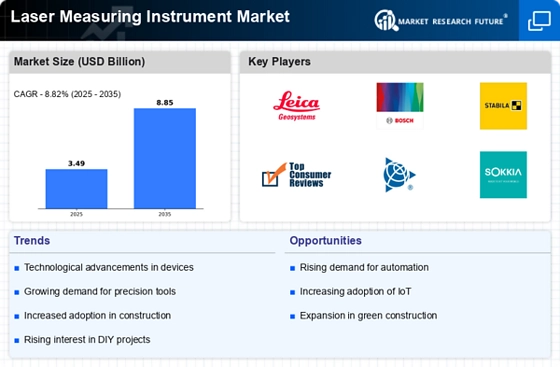


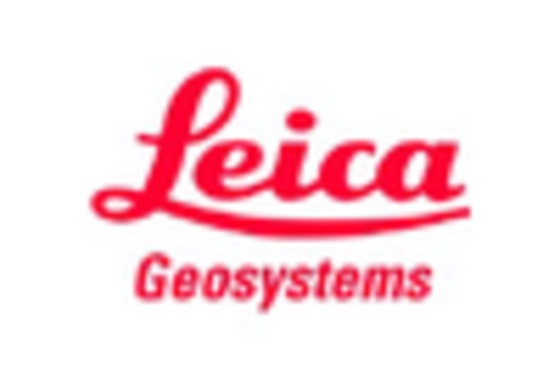

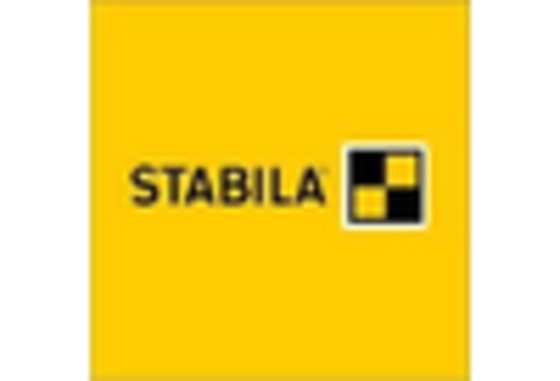
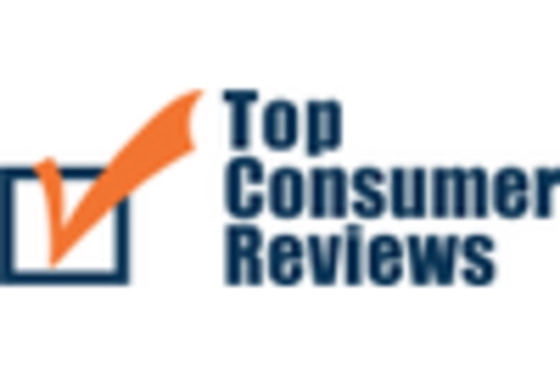
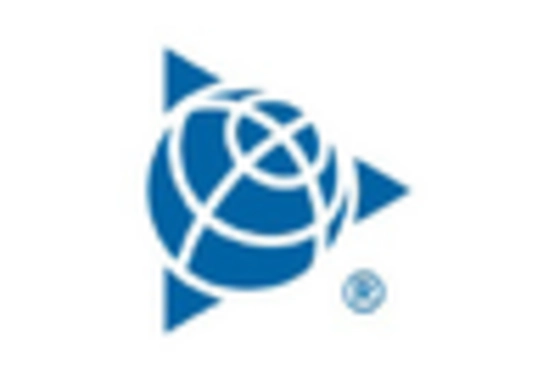








Leave a Comment